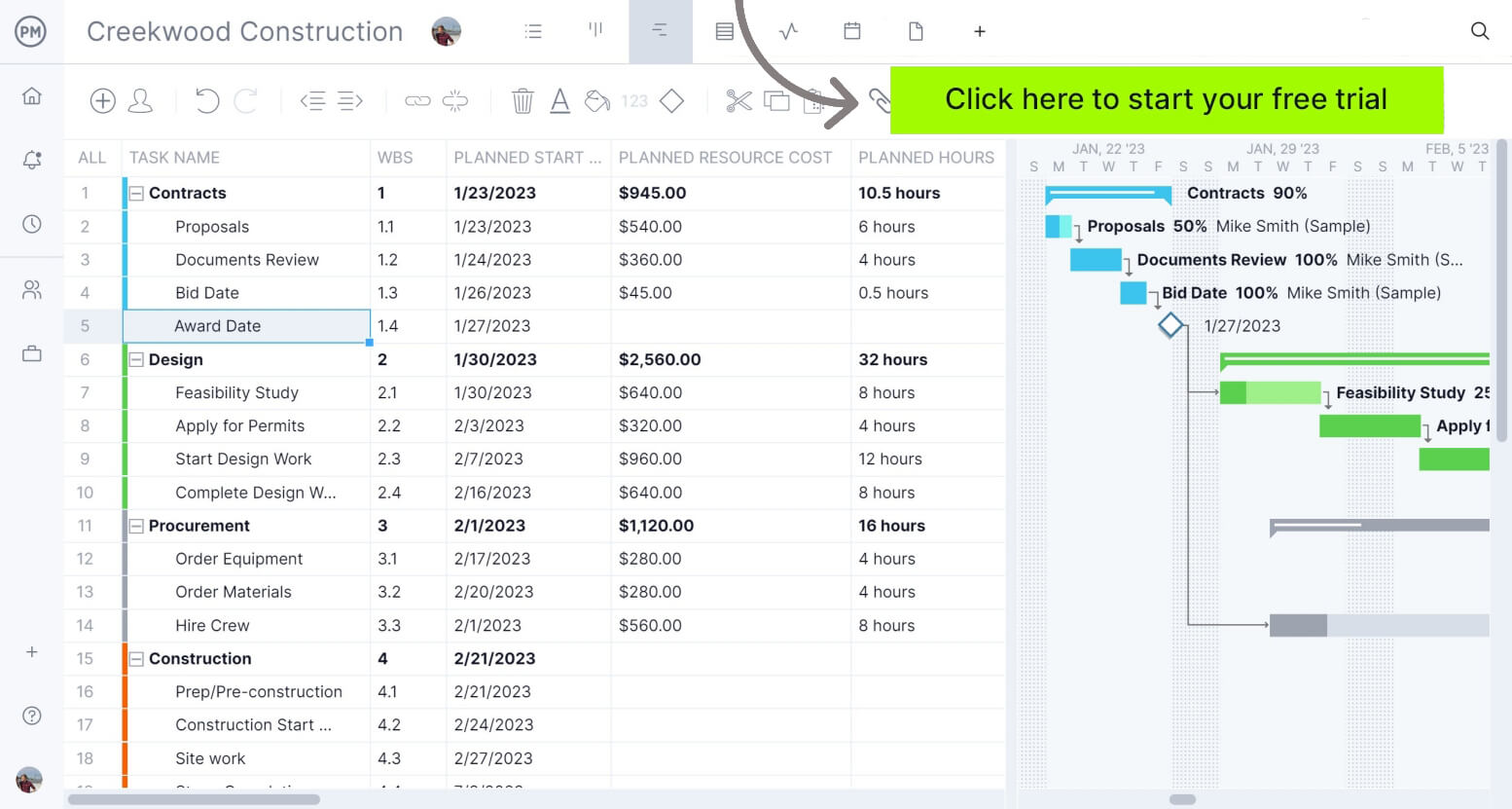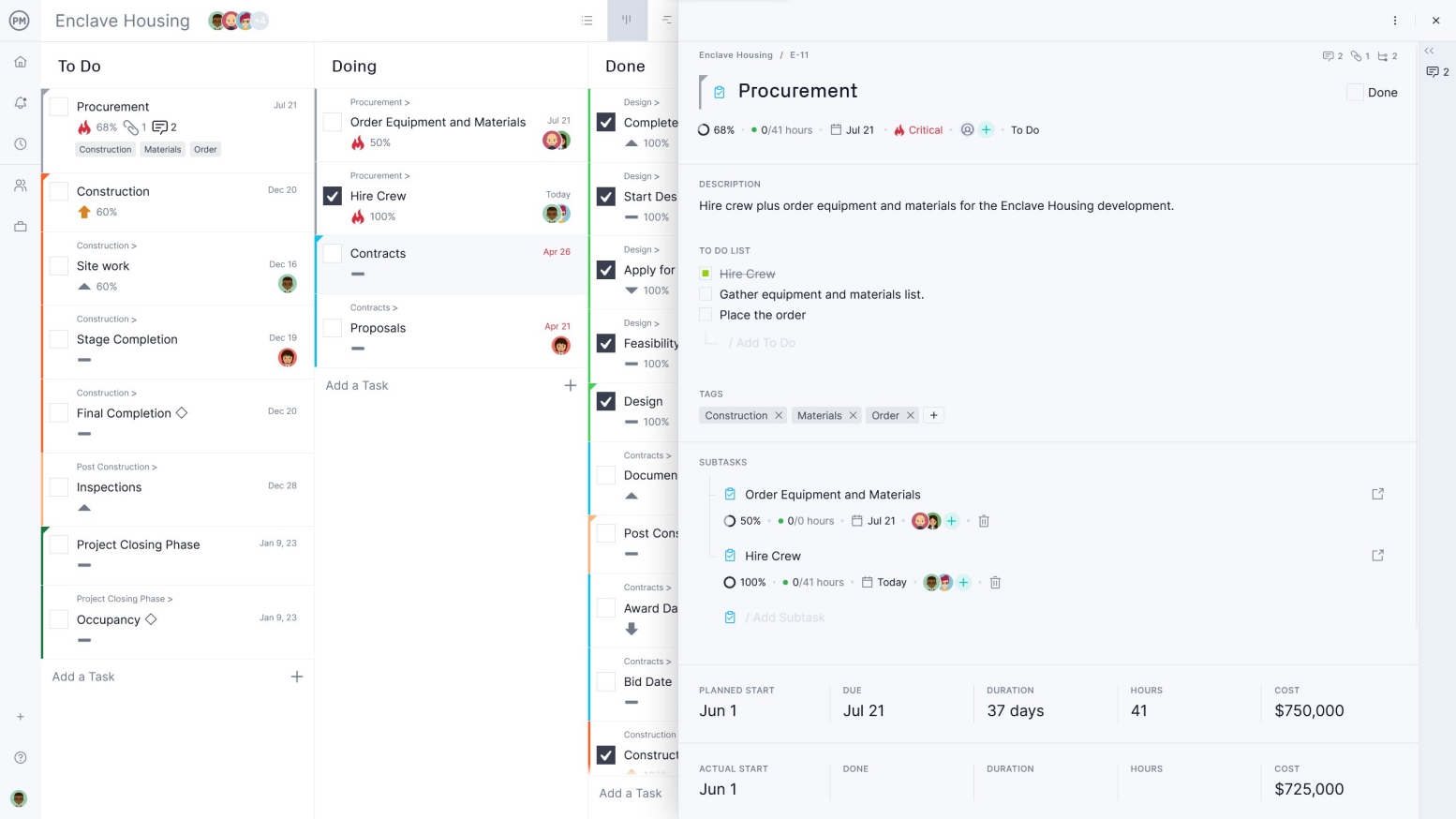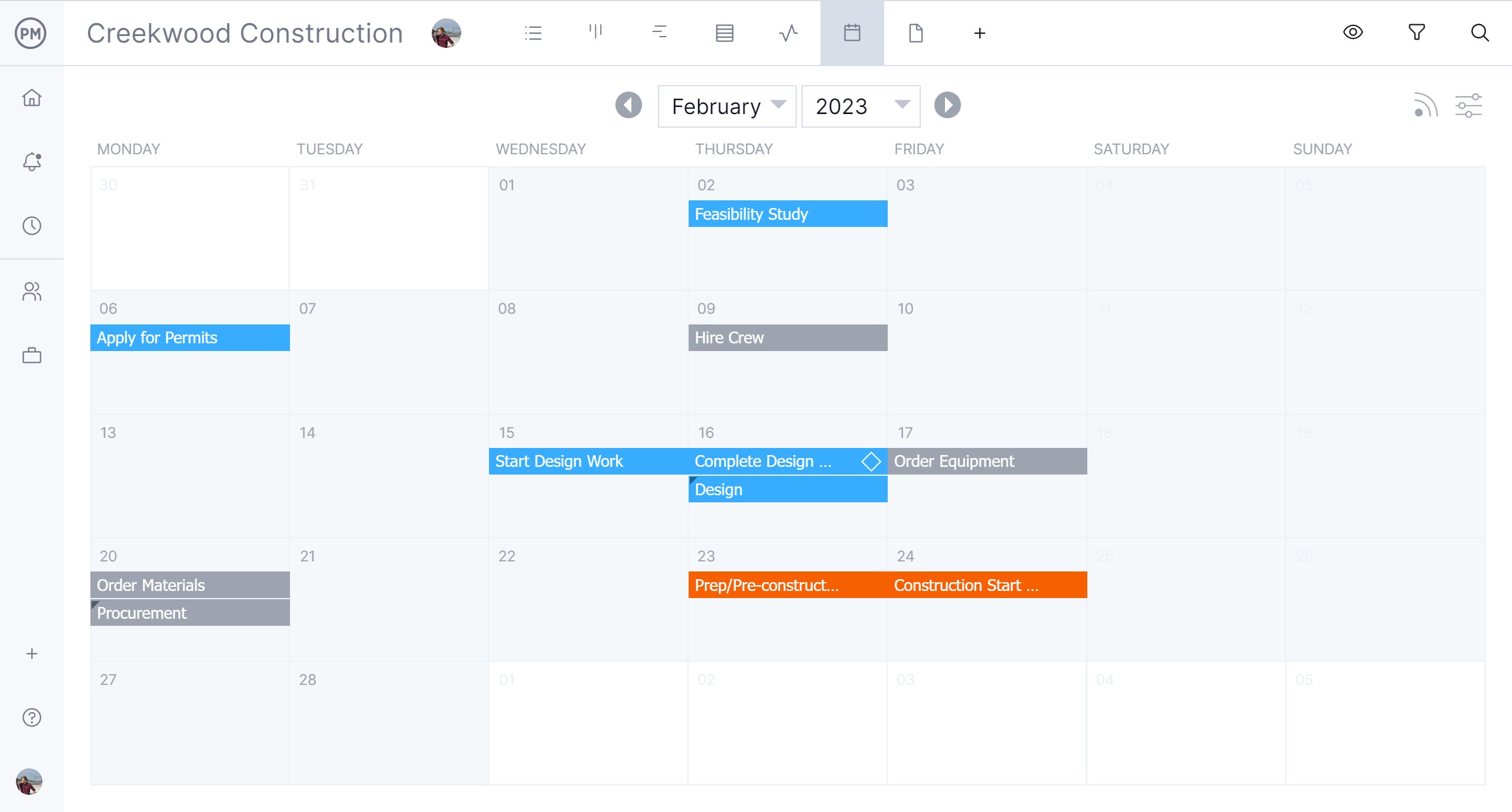There are different ways to deliver a construction project. The elements of any construction project delivery include design, planning, construction and financing. Construction management at risk, also known as CM at Risk or CMAR, is a construction management approach that’s been gaining popularity.
But that doesn’t mean CM at risk is right for you as there are pros and cons to this innovative approach. We’ll take a look at what CM at risk is and compare it to other construction project delivery methods so you can decide for yourself which approach is best suited for your organization and project.
What Is Construction Management at Risk?
CM at risk differs from other more traditional project delivery approaches such as design-build where two contracts are combined. In CM at risk, the design and construction are two separate contracts and the consideration for final selection is based on more than just the lowest total construction cost.
In CM at risk, the construction manager is committed to delivering the project within a guaranteed maximum price (GMP). The construction manager acts as a consultant to the project owner during the development and design phases or preconstruction services. During the construction phase, they act as the general contractor.
Since the construction manager is bound to the GMP, their relationship changes as they’re acting in the owner’s interest while managing and controlling construction costs to not exceed the GMP. If they do, the construction management company will take a financial hit.
Even before the project design is complete, the construction manager is involved in estimating project costs. This is based on the goals of the designer and owner as well as the overall project scope. The design can then be changed to balance the costs, schedule, quality and scope of the project. Time, effort and money are saved in this approach as opposed to having to modify or redesign any completed construction documents.
CM at risk is an alternative delivery system that is cost-effective and time-conscious to traditional construction delivery methods, but it still benefits from construction project management software. ProjectManager is software that gives the construction manager the tools to plan the project’s schedule and budget. Our Gantt charts help you estimate costs, resources and timelines, and they can easily be shared with all parties to keep everyone aligned. Users can filter for the critical path and set a baseline to track project variance, making this an all-in-one tool for your construction management needs. Get started with ProjectManager today for free.

CM at Risk Pros & Cons
Of course, CM at risk is only one of many construction project delivery methods because there’s not a one-size-fits-all methodology for any project. Certainly, there are good reasons to use CMAR, which is why it’s been adopted by many construction firms. However, there are some issues with CM at risk, too. Before you can make an educated choice about your preferred methodology, you need to see the whole picture.
Pros of CM at Risk
The advantage of using CM at risk is that this contract type reduces the owner’s overall potential risks because each of the contracts for the owner, designer and construction manager outlines the GMP. This benefits the owner as it means they have a predictable budget, and anything over the GMP is covered by the construction manager.
The client also benefits by hiring the construction manager based on qualifications. This is good for the project but also for the client in that the construction manager has a strong allegiance to them. Why? The construction manager’s business relies on references and repeated work so it’s important to have a positive relationship with the manager. Any negative interactions can impact the construction manager’s future work and the solvency of their business.
Another advantage of CM at risk is that it increases the project speed by avoiding construction delays. For one, the construction manager can make decisions to help keep the schedule on track and deliver the project on time. There’s also the fact that design modifications are usually done before any drawings are finalized, which is much more cost-effective than making changes on the construction site.
Construction managers also have more responsibilities that allow them to connect the owner and designer to the actual build. This strengthens coordination between parties and provides an efficient communication channel to foster collaboration. The on-site construction manager can perform important tasks such as closing out contracts, creating and storing permits, overseeing inspection documents and more.
The CM at risk relationship also affords a high level of cost control as there’s more transparency. All costs and fees are in the open so there’s less likely an adversarial relationship between different parties. Time and effort are saved since there’s so no bid shopping and there’s more overall accountability.

Get your free
Construction Schedule Template
Use this free Construction Schedule Template to manage your projects better.
Get the template
Cons of CM at Risk
While there are many advantages for those who choose CM at risk, those who reap the benefits tend to be managing larger projects. If you’re managing a smaller project, you might not find CMAR as advantageous. When planning for the construction of a smaller project, it’s often hard to figure out the precise scope of work that’s needed, meaning you won’t be able to calculate an accurate GMP.
Another issue is if the construction manager is brought into the project too late. Coming in late can mean that the construction manager’s input isn’t taken into account by the architectural team. If the construction manager sees problems with the blueprints created by the architect that requires changes, there will be more costs involved and it can cause delays.
While the GMP helps to limit excess costs in a construction project, there’s always the risk that taking the necessary considerations for planning and making changes in a CM at risk contract will end up costing more. The owner might still prefer a CMAR because there’s more safety for them and their investment. However, there are other types of agreements that might be more cost-effective for the project.
That doesn’t mean the owner is completely protected from risk in the construction project. For example, if any of the contract documents have inconsistencies or are missing anything important, the owner might find themselves liable for those extra costs. This can make the owner feel as if the best price they thought was guaranteed is not the real cost of the construction project.
CM at Risk vs. Other Construction Delivery Methods
Whether CM at risk is right for you depends on your organization and project. If it’s not a good fit, there are other construction delivery methods available. Let’s take a look at how CM at risk compares to three common construction delivery methods.
CM at Risk vs. Design-Bid-Build
CM at risk has similarities with design-bid-build, sometimes it’s even called design-build light, but there are differences. CMAR leverages some of the design-build collaboration, however, performance responsibility for the engineer and contractor are separate. The owner coordinates between design and construction issues. Design-bid-build is performed under a single contract that integrates the business and delivery interests of a design-build team.
CM/GC vs. CM at Risk
CM/GC stands for the construction manager/general contractor. It’s a project delivery method in which an owner engages with a construction manager during the design process to provide constructability input. This is the same as in CM at risk and the CM/GC is also selected on the basis of qualifications, past experience and best value. The difference between this and CM at risk is that there are separate contracts for all parties and the CM/GC can be selected when the design is no more than 30 percent complete.
CM at Risk vs. CMMP
CMMP stands for construction management multi-prime and is also called multi-prime (MP). In this construction delivery method, the owner acts as a general contractor who contracts with each design team member and major trade contractors. This is best for an experienced owner as they will manage the project, unlike CM at risk in which a construction manager is selected for that purpose. It’s a good plan for subcontractors who have a direct contractual relationship with the owner, which streamlines payment.
Public-Private Partnerships (PPP) vs. CMAR
As the name suggests, this is both a public and private enterprise and is the result of a partnership between the two. These projects tend to be such construction as affordable housing and infrastructure jobs. They are controlled by a private company, which is efficient and has construction expertise, and like public projects, there is a steady project owner, decreased payment risks and the project is aimed at benefiting the public.
Request for Proposal Template
Choosing a project delivery method is one of most important things you’ll need to do before receiving, selecting and evaluating bids or project proposals from contractors. Then once you’re ready, you can use this free request for proposal template to gather all the information you need from bidders so you don’t miss any important details.

We offer a variety of free construction project management templates for Excel you can use to manage all aspects of your construction project.
ProjectManager Helps with CMAR
ProjectManager is construction project management software that fits the needs of any construction delivery method, including CM at risk. Our software is able to connect everyone in the project team, has unlimited file storage to act as a centralized hub for all your drawings and construction documentation and has multiple project views that allow each party to work on the tools they prefer.
Stay Connected on Our Collaborative Platform
CM at risk works when the owner, design team and construction manager are in communication with one another. They need to be able to connect to implement changes to the design before it becomes too costly. With our tool being online, all communication and data are updated in real time. Users can comment, share files and even tag anyone involved with the project to bring them into the discussion.

Work How You Want With Multiple Project Views
Another issue with CM at risk is that you’re working with a diverse group of people. Design teams work one way and construction managers another, but they all have to share data and work together. Our tool has multiple project views so construction managers can use Gantt charts or the sheet view, while designers can manage their work on kanban boards or list views. There’s even a calendar view that owners will find useful to stay on top of milestones and deadlines.

There are also resource management tools to balance the workload of your crew and keep them productive, a feature that construction managers will appreciate. While owners are able to track the progress and performance of the work from a high level with real-time dashboards monitoring six project metrics. When they need more detailed data, use customizable reports on project status, task, time and much more.
ProjectManager is award-winning construction project management software that helps you manage projects no matter which delivery method you prefer. It’s a great tool for CM at risk with features that connect all involved parties and help them plan, monitor and report on the project in real time. Get started with ProjectManager today for free.

